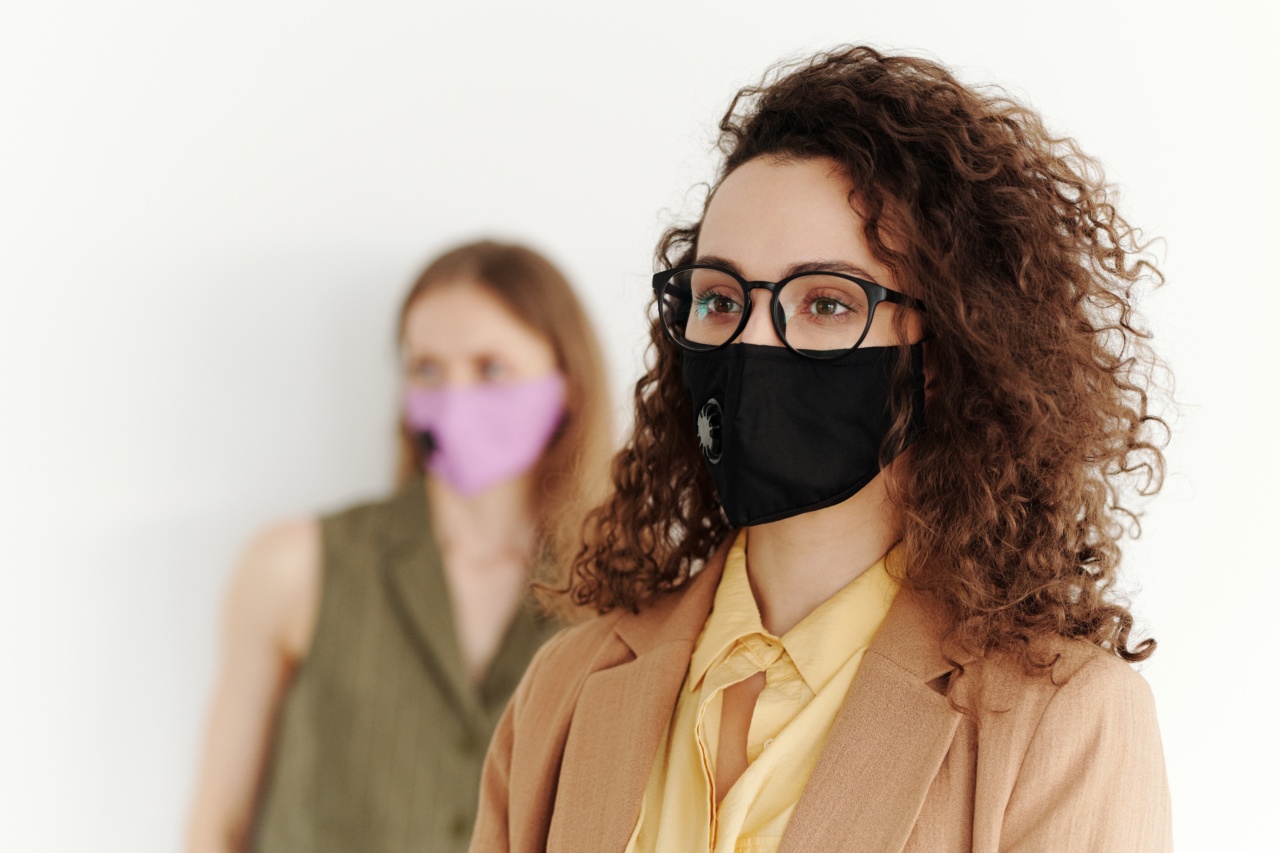Shaving is a part of the daily grooming routine for many people. Whether you’re a man or a woman, it’s essential to understand the importance of staying safe while shaving.
Small injuries like nicks, cuts, razor burns, and ingrown hairs can be quite bothersome and sometimes even lead to more serious issues. However, with a few simple tips and precautions, you can avoid these minor mishaps and enjoy a smooth and pain-free shaving experience. In this article, we will discuss some valuable tips to help you stay safe and prevent small injuries while shaving.
1. Choose the Right Razor
The first step to a safe shaving experience is choosing the right razor. Consider the type of razor that suits your skin, hair type, and personal preferences. There are mainly two types of razors available – cartridge razors and safety razors.
Cartridge razors come with multiple blades that offer a close shave. However, they can sometimes cause irritation and ingrown hairs. Safety razors, on the other hand, have a single sharp blade that reduces the chances of skin irritation and ingrown hairs.
Experiment with different types of razors to find the one that works best for you.
2. Prepare Your Skin
Preparing your skin before shaving is crucial to minimize the risk of cuts and irritation. Start by washing your face with warm water to soften the hair and open up the pores. This will make shaving easier and more comfortable.
Consider using a gentle face scrub or exfoliating brush to remove dead skin cells and excess oil. This will help prevent clogged pores and ingrown hairs.
3. Use a High-Quality Shaving Cream or Gel
Using a high-quality shaving cream or gel is essential to provide a smooth glide and minimize friction between the razor and your skin. Look for products that are designed for your specific skin type.
For sensitive skin, consider using a shaving cream or gel that contains soothing ingredients like aloe vera or chamomile. Apply an even layer of the product to your skin and let it sit for a minute or two to soften the hair further.
4. Replace Dull Blades Regularly
Using dull blades can increase the risk of cuts, nicks, and irritation. It is important to replace your razor blades regularly for a safer and more efficient shave. Dull blades can tug and pull on your hair, leading to discomfort and potential injuries.
As a general rule of thumb, replace your cartridge razor blades every 2-3 weeks and safety razor blades every 4-6 shaves.
5. Shave with the Grain
One of the most common mistakes people make while shaving is going against the grain. Shaving against the direction of hair growth increases the chances of irritation, cuts, and ingrown hairs.
Always shave with the grain by moving the razor in the same direction as your hair growth. This will provide a closer shave while minimizing the risk of skin damage.
6. Take Your Time
Rushing through the shaving process can lead to careless mistakes and small injuries. Make sure to allocate enough time for shaving to avoid unnecessary accidents. Shave in a calm, controlled manner, using short and gentle strokes.
Applying too much pressure or rushing can result in cuts and razor burns. Take your time to achieve a smooth and safe shaving experience.
7. Be Mindful of Pressure
When you’re shaving, it’s important to be mindful of the amount of pressure you apply to the razor. Pressing too hard can cause the blade to cut into your skin and result in nicks and cuts.
Instead, let the weight of the razor glide gently over your skin. Allow the razor to do its job without applying excessive force.
8. Rinse the Blade Frequently
While shaving, it’s crucial to rinse your blade frequently to remove hair, shaving cream, and dead skin cells. Built-up debris on the blade can make shaving less effective and more prone to injuries.
Rinse the razor under running water after every few strokes, ensuring a clean blade for a smoother and safer shave.
9. Post-Shave Care
After shaving, it’s important to take care of your skin to minimize any potential irritation or damage. Rinse your face with cold water to soothe the skin and close the pores.
Pat your face dry with a clean towel instead of harshly rubbing it, as friction can irritate the freshly shaved skin. Apply a gentle, alcohol-free aftershave lotion or balm to hydrate and nourish your skin.
10. Moisturize Regularly
Moisturizing your skin should be an essential part of your daily shaving routine. Using a moisturizer will help keep your skin hydrated, smooth, and less prone to irritation.
Look for a moisturizer that suits your skin type and contains soothing ingredients like aloe vera or chamomile. Apply it generously to your face and neck after shaving to lock in moisture and promote skin healing.
Conclusion
By following these tips, you can ensure a safe and enjoyable shaving experience while minimizing the risk of small injuries.
Choosing the right razor, preparing your skin, using high-quality shaving products, and maintaining proper technique are key elements in preventing cuts, nicks, razor burns, and ingrown hairs. Remember to take your time, be mindful of pressure, and give your skin the post-shave care it deserves. With these precautions in place, you can achieve a smooth and irritation-free shave every time.































